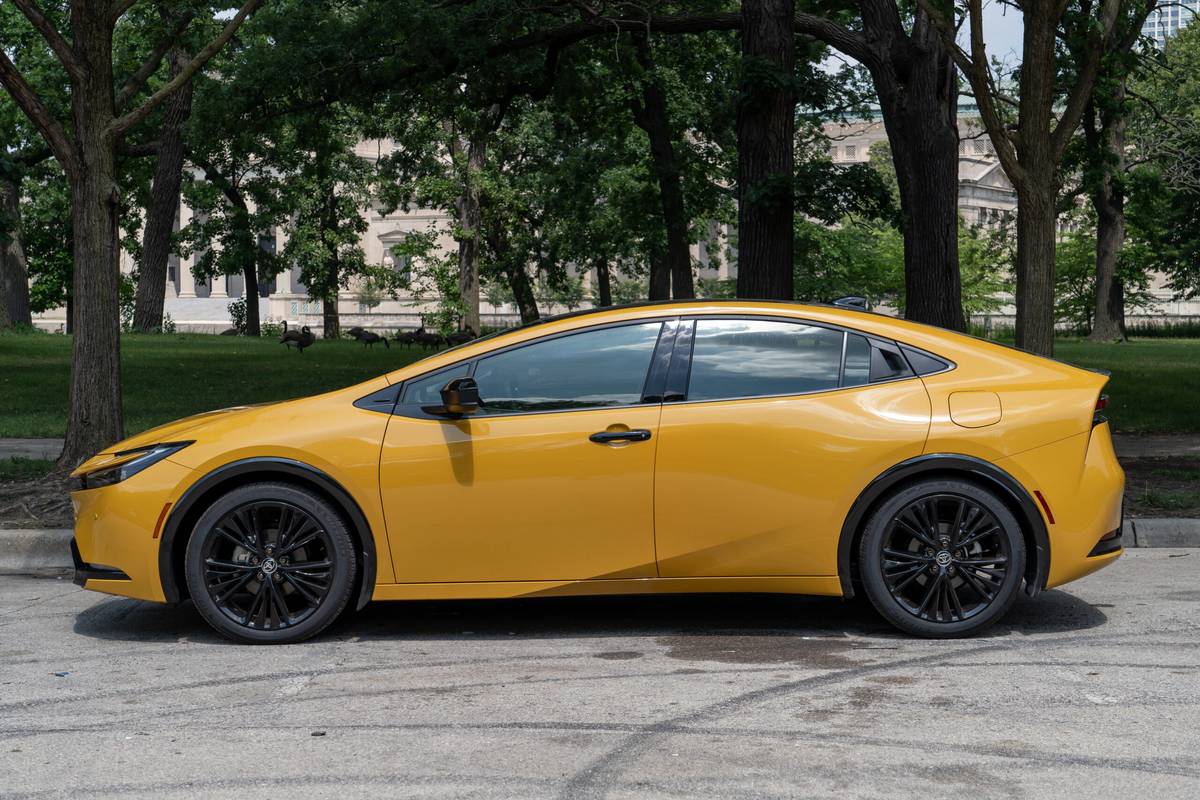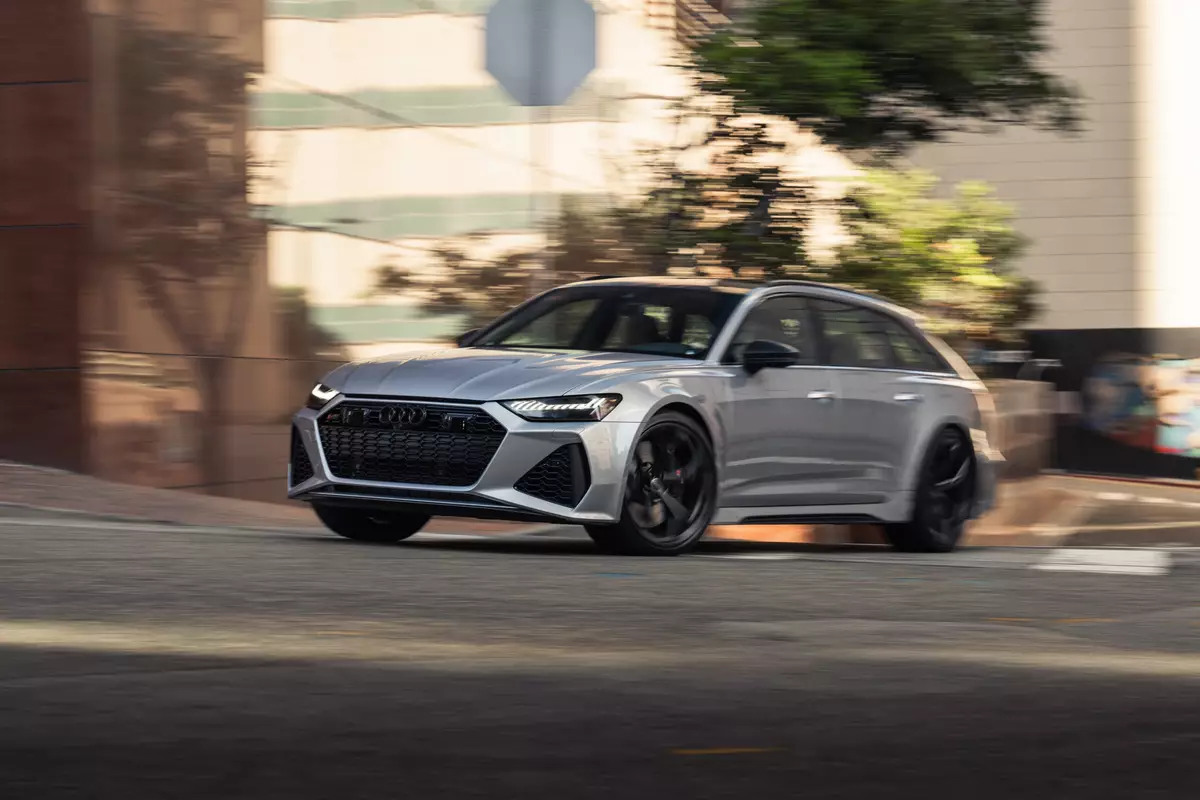2000 Nissan Frontier: What's New
Vehicle Overview
Nissan scored a coup in the pickup business last spring when it introduced a four-door crew-cab version of the Frontier with four conventional, front-hinged side doors.
Nissan not only beat all compact pickup rivals, but it aced the full-size truck manufacturers, too. Full-size crew-cab pickups have been built for years, but they are low-volume, heavy-duty models. The Frontier is the first light-duty crew cab designed for personal use.
Ford is catching up, however, and others are in the chase. Ford will introduce the four-door F-150 SuperCrew and Explorer Sport Trac a sport utility vehicle with an open cargo bed this spring. Next fall, Chevrolet S-10 and GMC Sonoma crew cabs will go on sale, and Toyota will follow soon after with a four-door Tacoma.
Meanwhile, Nissan isn’t standing still. By late summer, Nissan will roll out a restyled Frontier with a much bolder appearance; and by year end, a supercharged V-6 with an estimated 210 horsepower will join the roster.
A massive front bumper that Nissan says resembles a “big boxing glove” and large wheel flares that look like they are bolted to the truck are the main styling changes in the 2001 Frontier.
Exterior
The 2000 Frontier has tamer looks than the 2001, and even Nissan executives describe it as “a little generic.” The most extroverted model is the Desert Runner, a two-wheel-drive extended cab decked out with fender flares and black bumpers, grille and door handles to give it the macho look of an off-road warrior.
Frontier, which is built at Nissan’s plant in Smyrna, Tenn., comes in three body styles. The regular cab has a 6.5-foot cargo bed, the King Cab (extended cab) has a 6.3-foot bed and the four-door crew cab has a 4.7-foot bed. The King Cab does not have rear doors.
Interior
Seats for five is the maximum in the Frontier. King Cabs come with either a three-place split front bench seat or two buckets, along with two folding jump seats in the rear. The crew cab has front buckets and a three-place rear bench. A bench seat is standard on the regular cab, and buckets are optional.
The rear doors on the crew cab are large enough for easy entry and exit, but the rear-seat area is not very spacious. Tall occupants are squeezed for leg space, and the seatback is too upright to lounge.
Under the Hood
A 2.4-liter four-cylinder engine that makes 143 horsepower is standard on XE models. A 3.3-liter V-6 with 170 horsepower is standard on the Desert Runner and SEs and optional on XEs. Both are available with manual and automatic transmissions.
Frontier’s four-wheel-drive system can be engaged at speeds up to 25 mph through a floor-mounted shift lever. Four-wheel-drive models with the four-cylinder engine have manual front hubs that need to be engaged or disengaged by hand while the vehicle is stopped (V-6 models have automatic front hubs.). Most other compact pickups allow shifting in or out of 4WD High at any road speed, and some also offer push-button engagement.
Four-wheel antilock brakes are standard on crew-cab models. All others come with rear antilock brakes.
Performance
Nissan is ahead of the herd with the Frontier crew cab, but both engines are noisy and rough, and the 4WD system is not as convenient as those offered by others. Stiff competition from other brands mean hefty discounts are likely on all versions except the brisk-selling crew cab.
| Reported by Rick Popely for cars.com From the cars.com 2000 Buying Guide |
Featured stories

2026 Subaru Solterra Review: Necessary Improvements


2025 Toyota Prius Review: Big on Mileage, Small on Space


